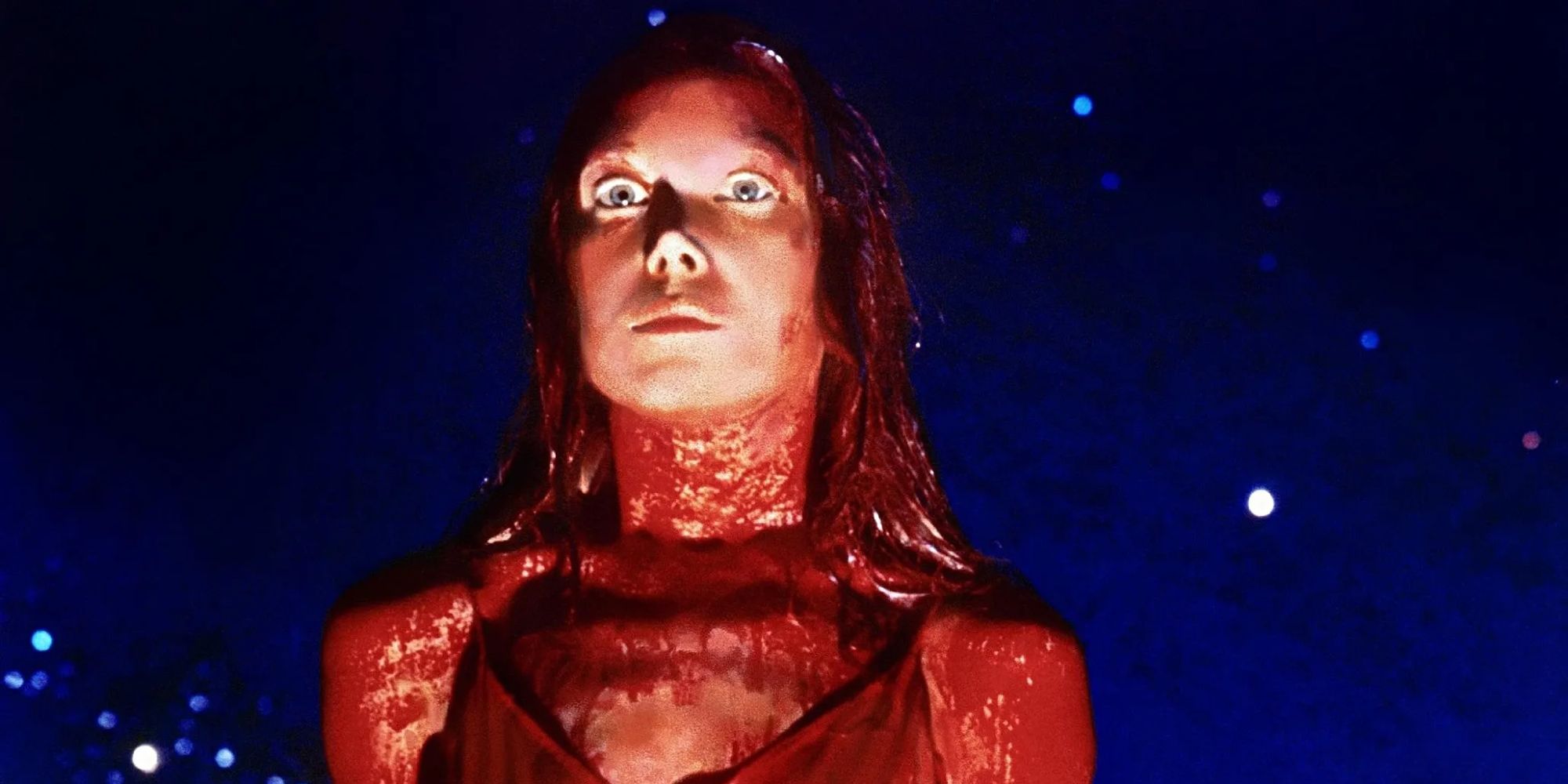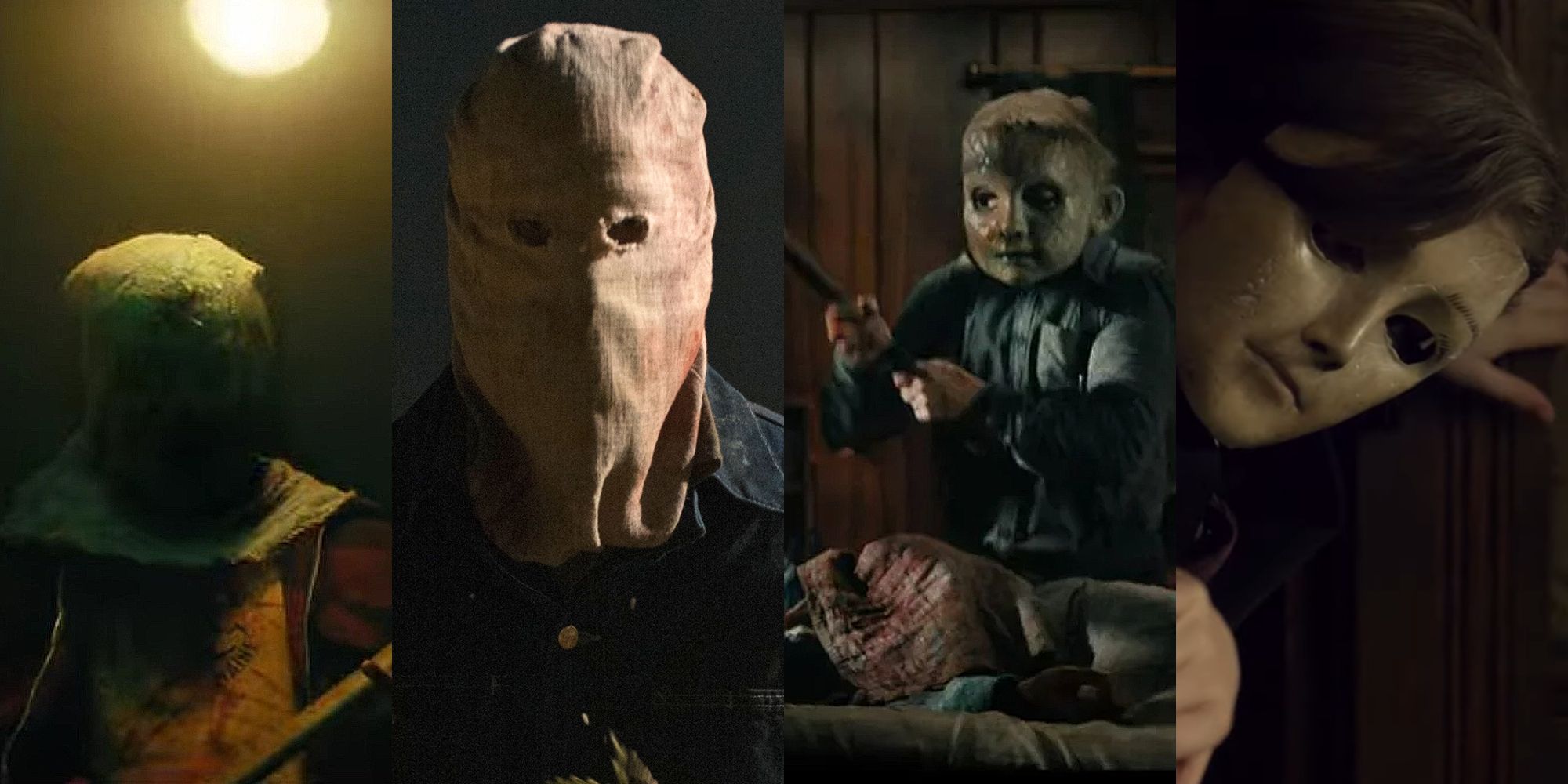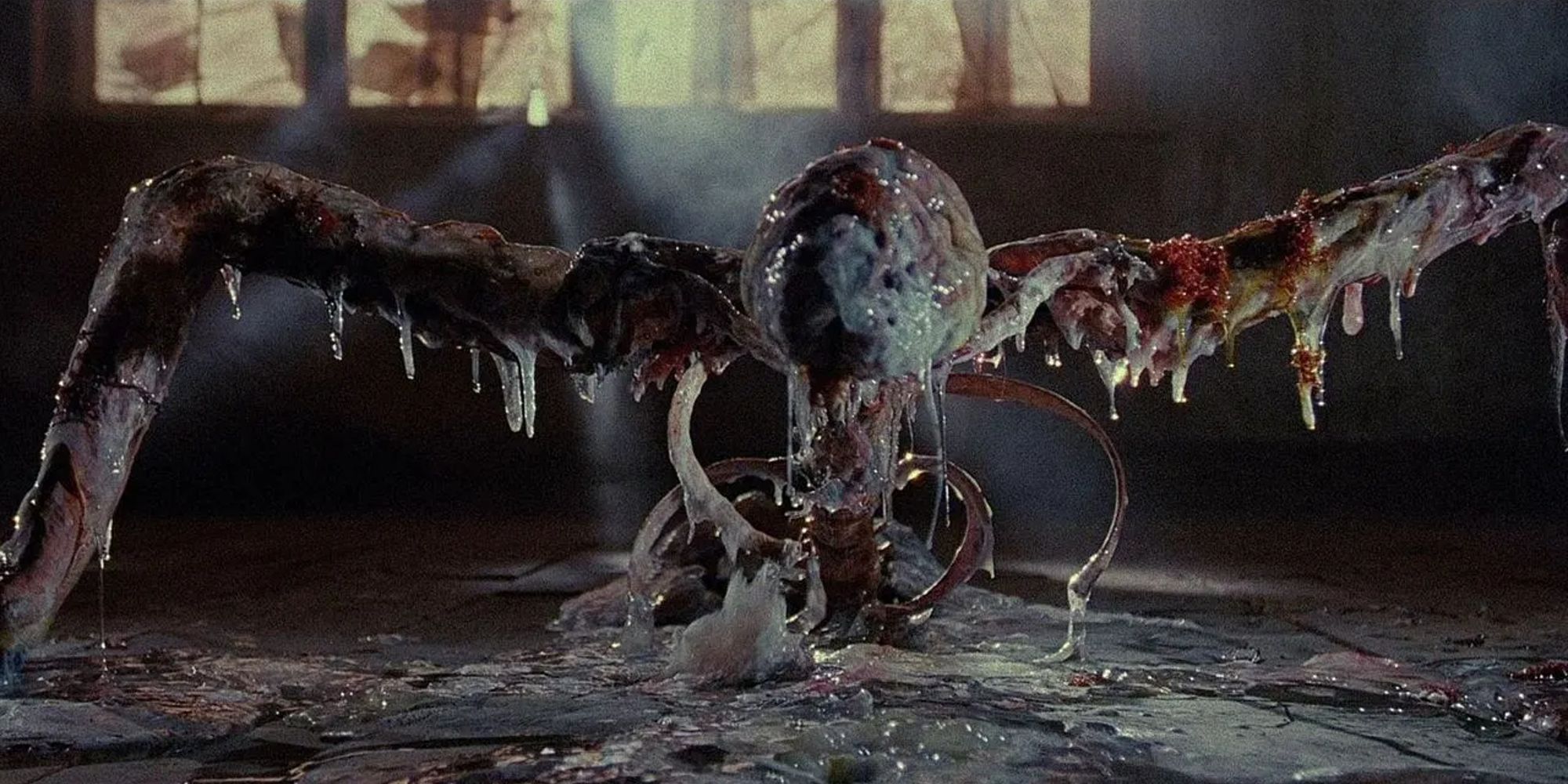Legendary horror writer R. L. Stine terrified children and young adults in the 90s with his series of short stories that scarred a generation. Long-time fans of the author have been gifted with recent movie adaptions of some of his most famous work, such as Goosebumps.
The Fear Streettrilogy has brought all nostalgic horror of the 80s and 90s to life. The films have gifted R. L. Stine and horror fans with a number of Easter eggs referencing some of Stine’s other written work as well as paying homage to a variety of iconic horror movie villains and notable figures from the genre. While some Easter eggs are easier to spot than others, eagle-eyed fans have found a number of subtle nods – did you spot them all?
R. L. Stine’s Book ‘The Wrong Number’ Makes An Appearance
Fear Street Part One: 1994 begins in a bookshop, the perfect setting to reference the legendary author behind the Fear Street novels, R. L. Stine. When a customer comes in to buy a book, audiences get a clear shot of the novel The Wrong Number. The Wrong Number is the fifth book written by R.L Stine in the Fear Street series.
After the customer leaves, the salesperson, Heather, flips her off for calling the book ‘trash’ and ‘low-brow horror’. Fear Street Part One: 1994 gets the last laugh in this Easter egg, calling out the critics of both the movies and the novels,
Bookshop Authors References Famous Writers
In the bookshop, audiences get a satisfying serving of references to famous authors of the 1990s. As the camera pans across the bookshelves, audiences can spot a number of Stephen King books, most notably Insomnia which came out in 1994 – referencing the title of the movie. Fans can also spot the works of Dean Kootz and Jackie Collins who were popular authors in the 90s.
The most striking of this Easter egg-filled scene is, of course, the name of the author ‘Robert Lawrence’ whose books line the shelves. Robert Lawrence is actually the name behind the initials R. L. Stine.
Fear Street Opening Plays Homage To Scream
Actress Maya Hawke gets the Wes Craven treatment in the first movie, Fear Street Part One: 1994, establishing the meta, self-referential style that follows the trilogy. As one of the most recognizable stars of the film thanks to her work in Stranger Things and Once Upon a Time in Hollywood, Hawke’s character, Heather, is the first to be killed.
This is a direct reference to Wes Craven’s Scream, where Casey Becker, played by Drew Barrymore, is killed by Ghost Face in the opening sequence of the film. Barrymore was one of the most well-known actresses at the time and even had her face plastered across the promotional posters. The first scene of a slasher movie is a dangerous place to be for any A-list actor.
More Scream References
There is more than one scream reference in the opening sequence of Fear Street Part One: 1994. The mall killer that hunts down Heather in Sunnyside’s mall donned in a black and white skeleton onesie is eerily similar to the menacing Ghost face who haunted residents of Woodsboro in Wes Craven’s film.
The skeleton costume is also a homage to another of R. L. Stine’s novels, Halloween Night II, which has three creepy skeletons on the front cover. It’s no coincidence that Halloween Night II was also released in 1994, the same year that the movie is set in.
Camp Nightwing and Crystal Lake
The second installment in the Fear Street Trilogy pays homage to one of the other Fear Street novels in R. L. Stine’s series. The deadly summer camp, ‘Camp Nightwing’, gets its name from the 12th book Lights Out, where young camp-goers are terrorized by a stalking vandal.
‘Camp Nightwing’ also bears an eerie resemblance to Friday the 13th’s ‘Crystal Lake’, from the camera shots and the 80s style summer camp uniforms, to the soundtrack which features 80s classics such as ‘Cherry Bomb’ by The Runaways and ‘The Man Who Sold The World’ by Nirvana. Another reason why they look so similar is that Fear Street Part Two: 1978 was actually filmed in the same location as Friday the 13th: Jason Lives!
David Bowie Easter Eggs
Fear Street Part Two: 1974 is also filled with delightfully unexpected references to 70s psychedelic rock and pop star, David Bowie. Two Bowie songs appear on the soundtrack, ‘Moonage Daydream’ and ‘The Man Who Sold The World’ – which appeared on the soundtrack as the cover by Nirvana but was originally written by Bowie in the 70s.
The most obvious easter egg to Bowie is in the nickname of Christine Berman (played by Sadie Sink) who goes by ‘Ziggy’, a nod to Bowie’s on-stage alter-ego Ziggy Stardust. The two also bear some physical similarities, both sharing the flaming red locks that are a key part of Ziggy Stardust’s intergalactic look. Christine’s dog is also named ‘Major Tom’ after a character in Bowie’s hit song ‘Space Oddity’
Iconic Carrie Moment Revived
In Fear Street Part 2: 1978 audiences get a not-so-subtle nod to the legendary flick Carrie. The now-iconic moment from the Stephen King movie adaption when Carrie gets covered in pigs’ blood on prom night gets the R.L. Stine treatment when Sheila becomes the target of Ziggy and Nick.
Ziggy plans a trap to pour red paint all over Sheila in the bathrooms. When she is spotted with buckets of paint by another student, they tell her to “carry on” to make the Easter egg a bit more obvious if the initial reference flew over anyone’s head.
The Killers
Many of the killers in fear street bear resemblance to some legendary horror icons from over the years. The Milkman Killer, dressed head to toe in a boiler suit no doubt drew inspiration from Halloween’s nefarious madman Michael Myers.
The camp nightwing killer definitely has its roots in Friday the 13th’s Jason Voorhees, but he also bears a strong resemblance to the serial killer from The Town That Dreaded Sundown. Billy Barker, the obligatory creepy kid in the doll mask is straight out of 2016’s The Boywith their lifeless doll masks.
Respawning A Moment From Hellraiser
To protect Solomon Goode’s secret, the Fear Street killers are cursed to respawn from a gruesome pile of organs to hunt down and kill anyone that knows about the Goode family’s pact with the devil. The shot where audiences see a ghastly figure emerge in a grisly room is eerily similar to a scene in Hellraiser.
The 1987 cult classic sees various grisly and visceral moments, but Fear Street obviously drew serious inspiration from the moment when tortured soul Frank is resurrected as a skinless corpse. Both the scenes share an unbearably ominous and shocking atmosphere, with dark lighting and creepy music to amplify the scares.
























































![Key Metrics for Social Media Marketing [Infographic] Key Metrics for Social Media Marketing [Infographic]](https://www.socialmediatoday.com/imgproxy/nP1lliSbrTbUmhFV6RdAz9qJZFvsstq3IG6orLUMMls/g:ce/rs:fit:770:435/bG9jYWw6Ly8vZGl2ZWltYWdlL3NvY2lhbF9tZWRpYV9yb2lfaW5vZ3JhcGhpYzIucG5n.webp)


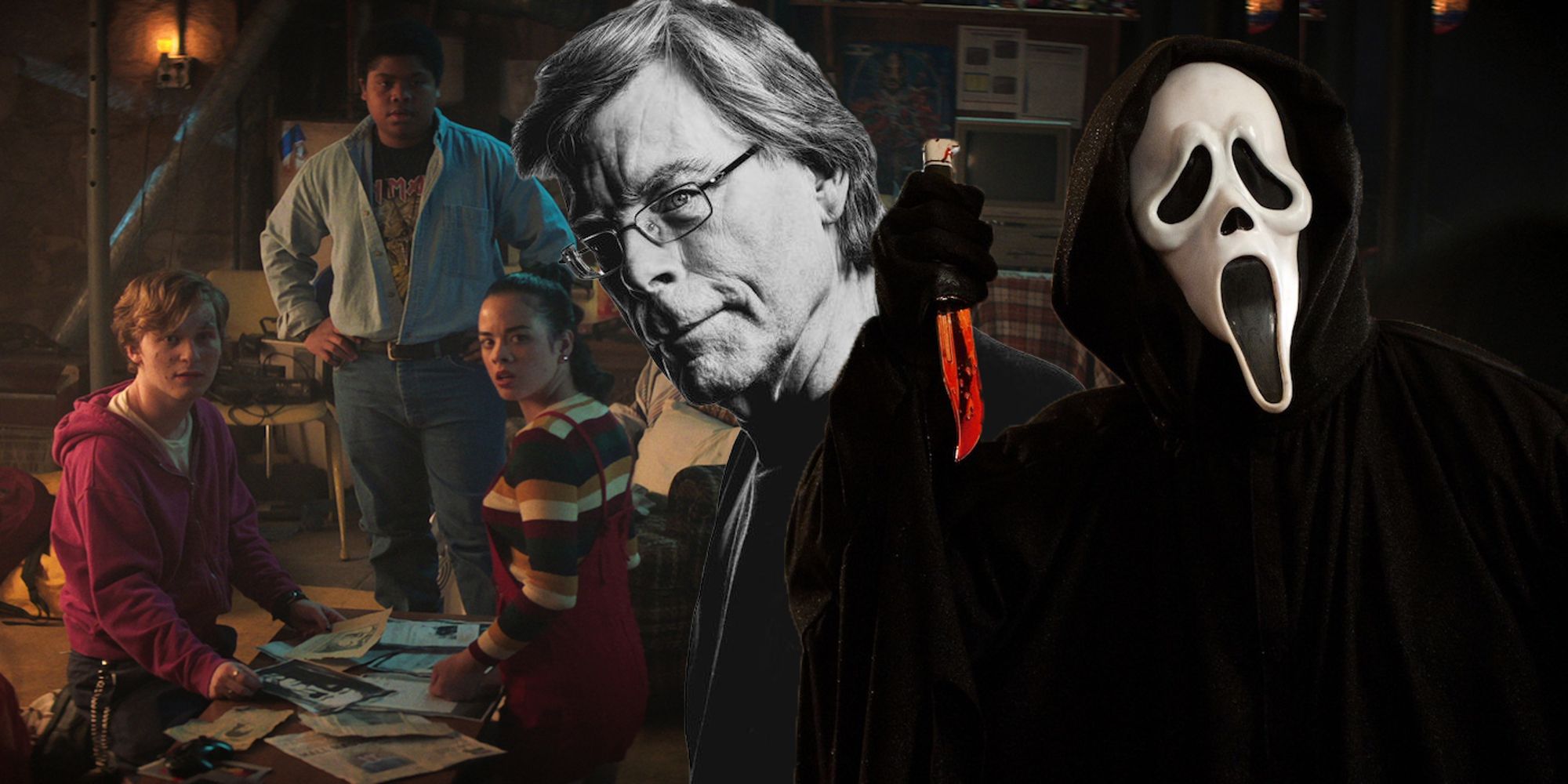

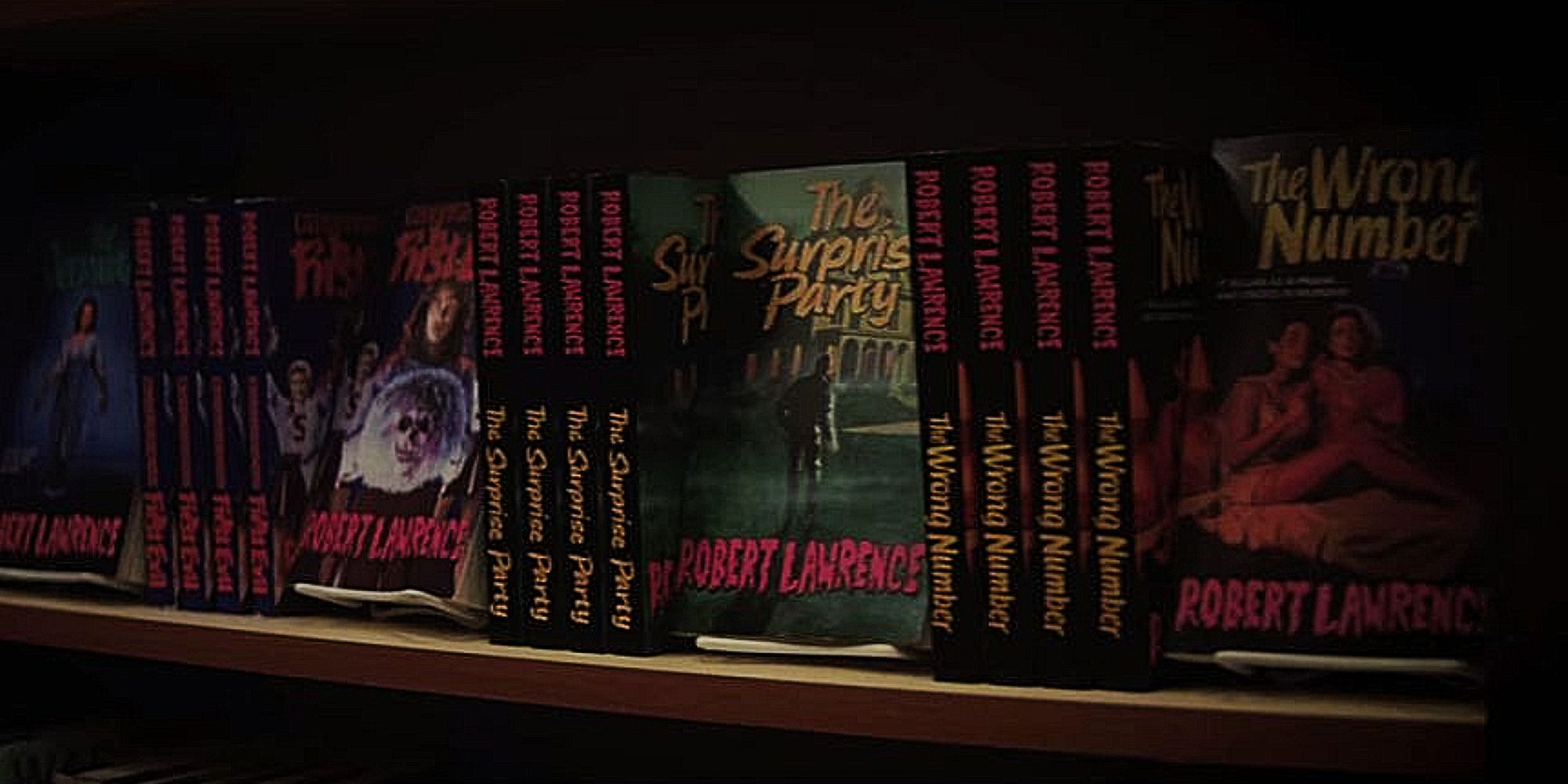
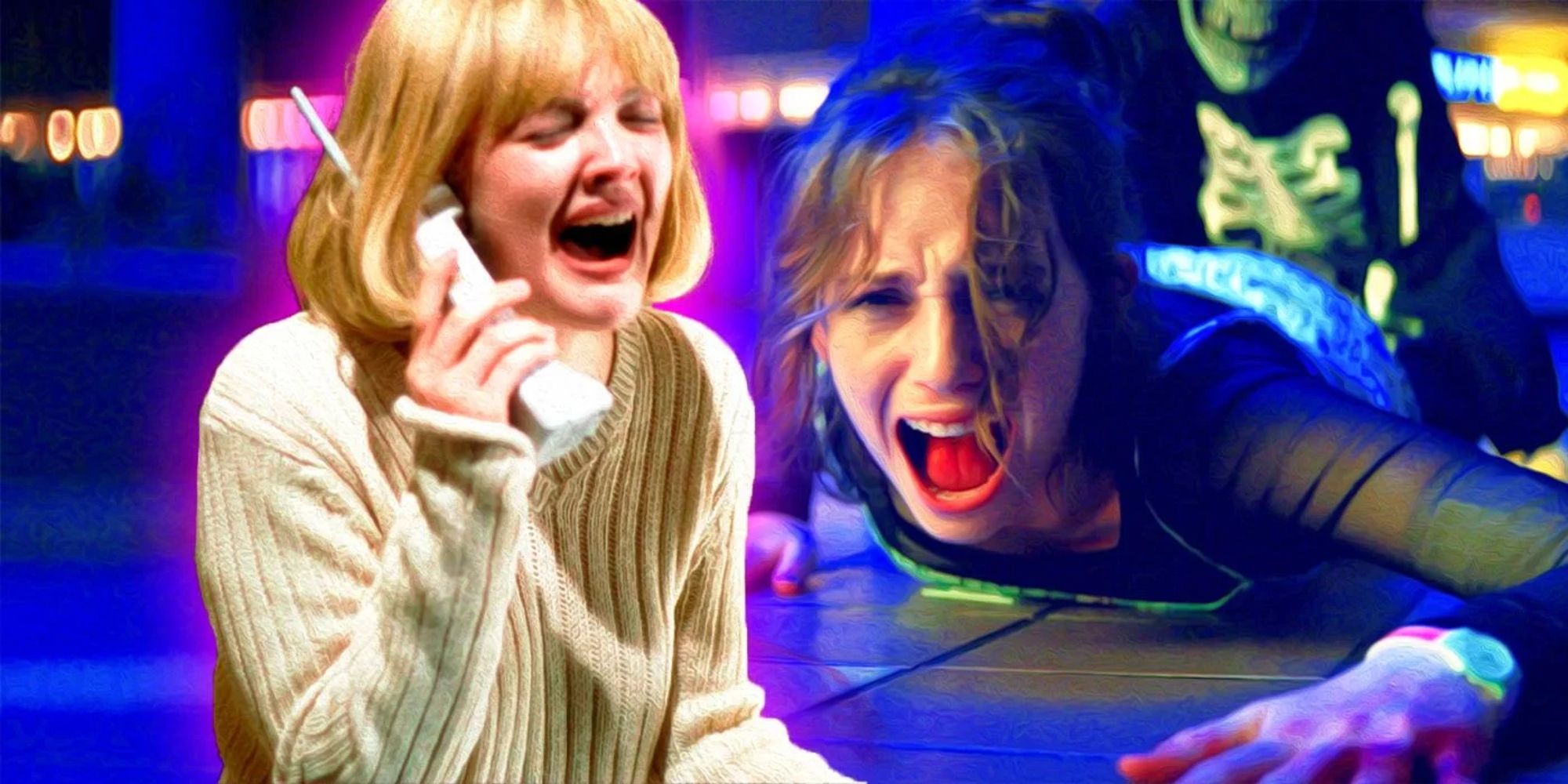
.jpg)


